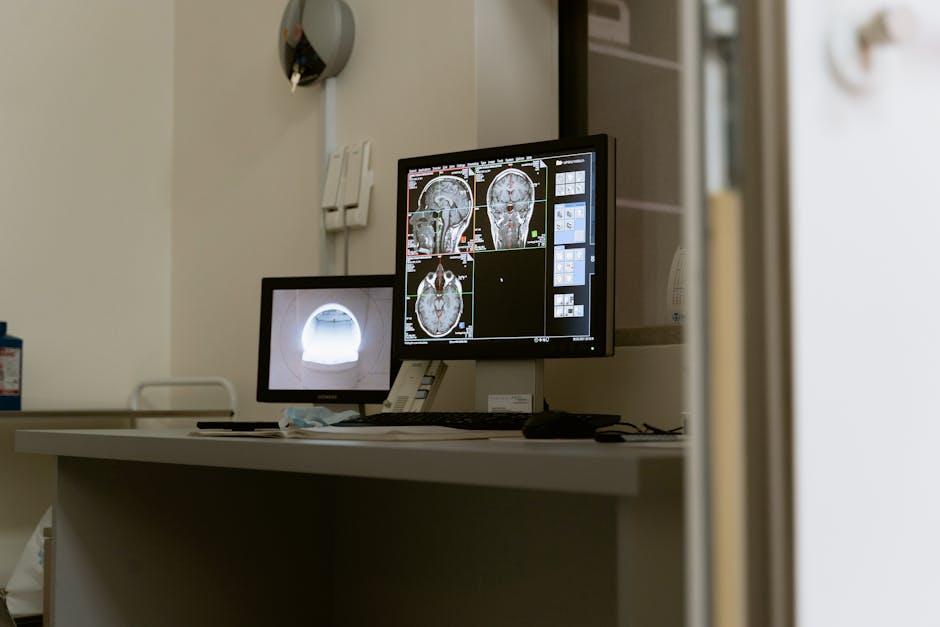
Misjudging Nonverbal Signals Due to Personal Biases
Misjudging Nonverbal Signals Due to Personal Biases
When it comes to communication, nonverbal signals play a crucial role in conveying meaning and understanding. However, these signals can often be misjudged due to personal biases, leading to misunderstandings and ineffective communication.
Personal biases are ingrained beliefs and perceptions that we develop based on our experiences, cultural background, and upbringing. They can influence how we interpret and respond to nonverbal cues, such as body language, facial expressions, and tone of voice.
One common way personal biases impact the interpretation of nonverbal signals is through stereotyping. We may have preconceived notions about certain groups of people and project these biases onto their nonverbal behavior. For example, if we have a negative stereotype about a particular ethnicity, we might interpret their facial expression as hostile or aggressive, even if that might not be the case.
Another way personal biases affect the interpretation of nonverbal cues is through selective attention. We tend to focus on cues that confirm our existing beliefs and ignore those that contradict them. This selective attention can lead to misinterpretation of nonverbal signals, as we only see what we expect to see.
It's essential to recognize and challenge personal biases to improve the accuracy of interpreting nonverbal signals. Here are a few strategies that can help:
- Self-reflection: Take time to reflect on your own biases and how they may impact your perception of nonverbal signals.
- Active listening: Practice active listening skills to fully understand the message being conveyed, rather than relying solely on nonverbal cues.
- Seeking diverse perspectives: Engage with individuals from different backgrounds and cultures to broaden your understanding of nonverbal communication.
- Education and awareness: Stay informed about different cultural norms and nonverbal cues to prevent misconceptions and misinterpretations.
By acknowledging and addressing our personal biases, we can minimize the misjudgment of nonverbal signals and enhance effective communication.
